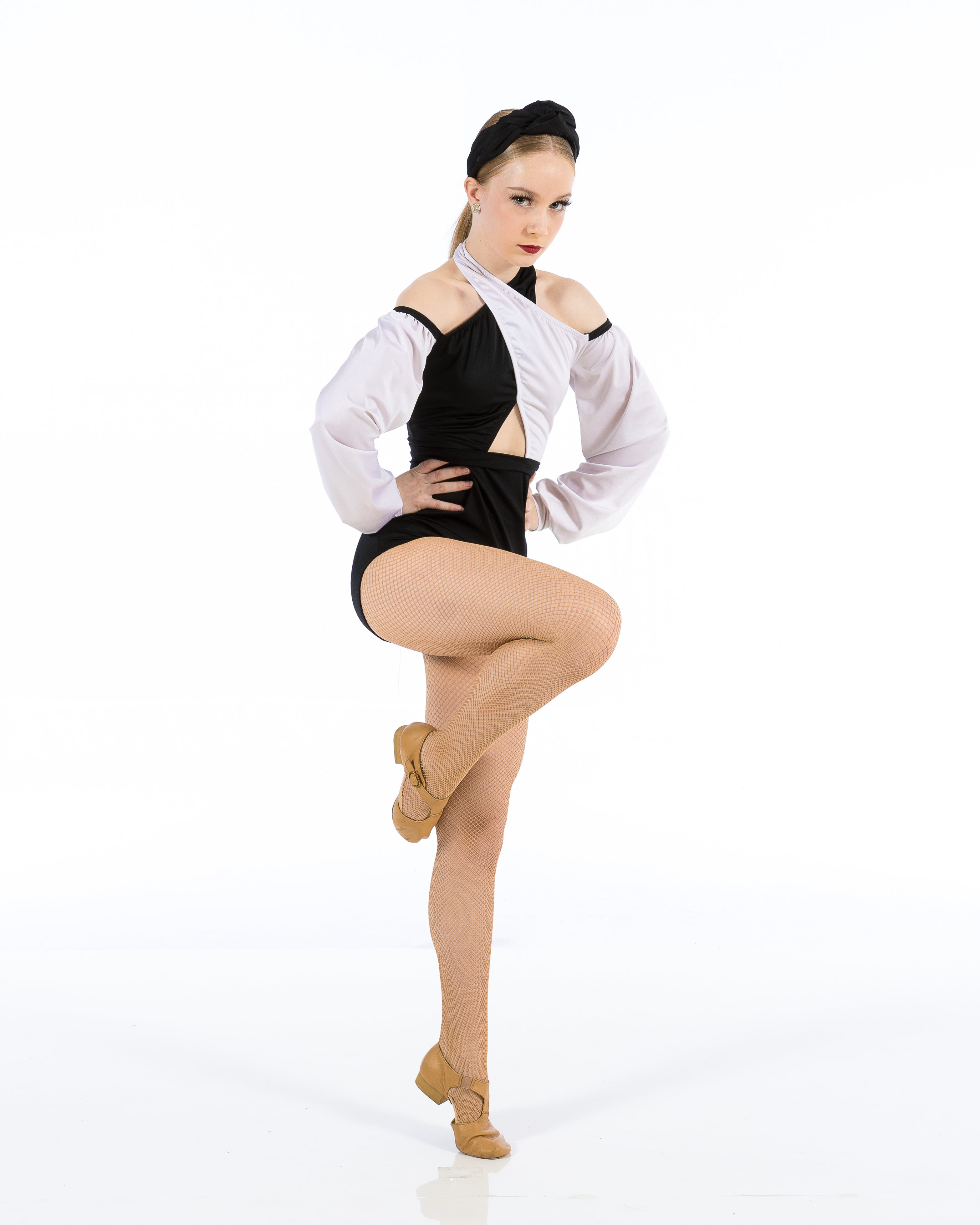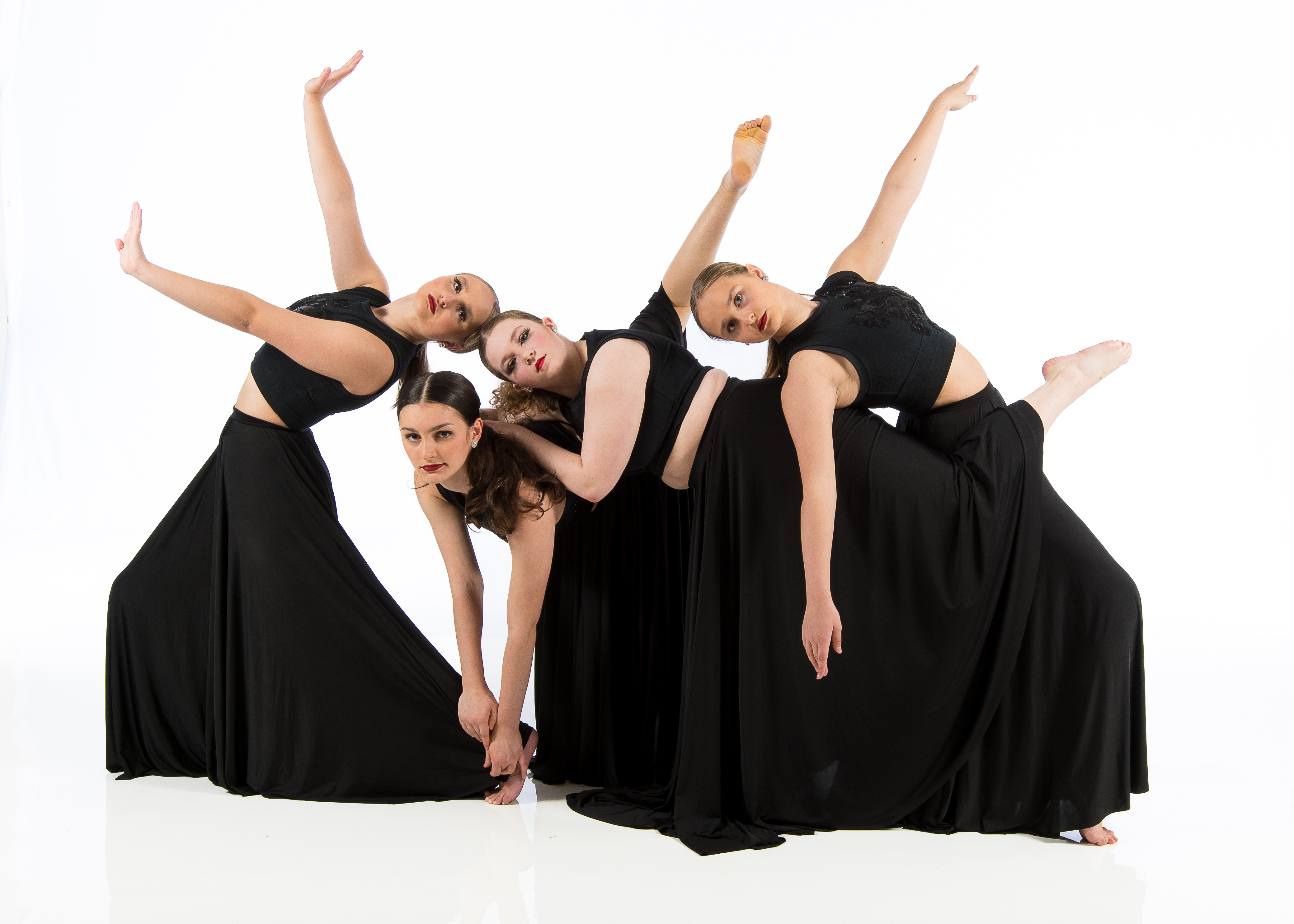Dance is more than just a series of movements; it's an art form, a means of expression, and for many young dancers, it embodies their passions and dreams. This article delves into the intricate world of dance competition, focusing on what it takes to compete at a high level. From early morning rehearsals to late-night performances, we’ll explore every facet of a young dancer's day.
What It Takes to Compete—A Day in the Life of a Young Dancer
Dancing isn’t merely about physicality; it’s about emotion, discipline, and resilience. For young dancers competing in various competitions, each day is meticulously planned and filled with activities that hone their skills and prepare them for the stage.
The Dance Studio: A Second Home
For many dancers, the dance studio is where their journey begins. It's not just a place to practice; it's a sanctuary filled with mirrors reflecting dreams and walls echoing laughter and hard work. The atmosphere buzzes with creativity and determination.
- Early Mornings: Many dancers start their days before dawn, arriving at the studio when most are still dreaming. The quietness allows them to focus on their techniques without distractions. Warm-Up Routines: Each session begins with warm-ups to ensure they’re physically prepared. This includes stretching, cardio exercises, and sometimes even meditation to center themselves.
The Importance of Technique
Technique is foundational in dance. It’s what differentiates an amateur from an accomplished dancer.
Daily Technique Classes
Every dancer knows that mastering technique is crucial for success in competitions.

- Ballet Basics: Ballet forms the backbone of many dance styles. Young dancers often spend hours perfecting their pliés, tendus, and pirouettes. Contemporary Moves: Alongside ballet, contemporary classes allow dancers to express themselves freely while maintaining technical proficiency.
Creating Choreography
Choreography is where creativity meets technique. Crafting a routine that tells a story or conveys emotion requires immense effort.
- Collaboration with Instructors: Often working closely with choreographers or instructors helps young dancers develop unique pieces that resonate. Rehearsal Time: Creating choreography isn’t instantaneous; it requires multiple rehearsals to ensure every movement flows seamlessly into the next.
The Role of Nutrition in Dance
What goes into a dancer’s body can significantly affect performance levels.
Balanced Diet Essentials
Nutrition plays an essential role in sustaining energy levels throughout long rehearsal days.
- Carbohydrates for Fuel: Whole grains provide lasting energy. Proteins for Muscle Repair: Lean meats and legumes help recover after intensive training. Hydration Matters: Water intake is often overlooked but crucial for optimal performance.
Mental Preparation: The Mind Game
Dance competitions also demand mental resilience alongside physical prowess.
Visualization Techniques
Many elite athletes use visualization as part of their training regimen:
- Imagine yourself performing flawlessly on stage. Visualize overcoming obstacles during rehearsals or competitions.
Building Confidence Through Performance
Performing in front of an audience can be nerve-wracking but is essential for growth as an artist.
Mock Performances at the Studio
To combat performance anxiety:
- Many studios organize mock competitions where students perform routines before peers. Constructive feedback from instructors helps build confidence and hone skills further.
The Competition Day Experience
Competition day brings its own set of challenges and excitement.
Arrival at the Venue
Arriving early offers time to acclimate to new surroundings:

Nerves vs. Excitement
Feeling anxious before stepping onto stage is natural:
- Acknowledge nerves as part of the experience. Use deep breathing techniques to calm oneself down before performing.
Post-Performance Reflection
Once the performance concludes:
- Gather feedback from judges’ scores and critiques. Reflect on personal growth—what worked well? What could improve?
FAQs
1. What age should children start dancing?
Starting dance classes as early as three years old can instill foundational techniques while allowing for self-expression through movement.
2. How often should dancers practice?
Intense competition dancers typically train dance studio near me several times a week—anywhere from 10 to 20 hours depending on age level and commitment.
3. Is there pressure associated with competitive dance?
Absolutely! While competition can enhance discipline and focus, it may introduce stress levels that require strong mental fortitude.
4. How do you choose the right dance studio?
Look for studios with experienced instructors who prioritize both technique development and emotional support within their programs.
5. What should I consider when choosing a dance style?
Consider your child’s interests! Some may gravitate towards ballet's structure while others might prefer hip-hop’s freestyle nature or contemporary's storytelling aspect.
6. Can dancing lead to professional opportunities?
Yes! Many successful professional dancers started in competitive environments which helped them gain exposure within the industry.
Conclusion
In conclusion, what it takes to compete—A Day in the Life of a Young Dancer involves more than just talent; it's about relentless dedication, unwavering spirit, proper nutrition, mental preparation, and emotional resilience—a combination that shapes every aspiring artist’s journey toward stardom.
As young dancers transcend through rigorous training sessions inside their beloved dance studio into bright lights onstage during competitions—their journeys become compelling stories filled with passion woven intricately into every pirouette they make along this beautiful path called life!